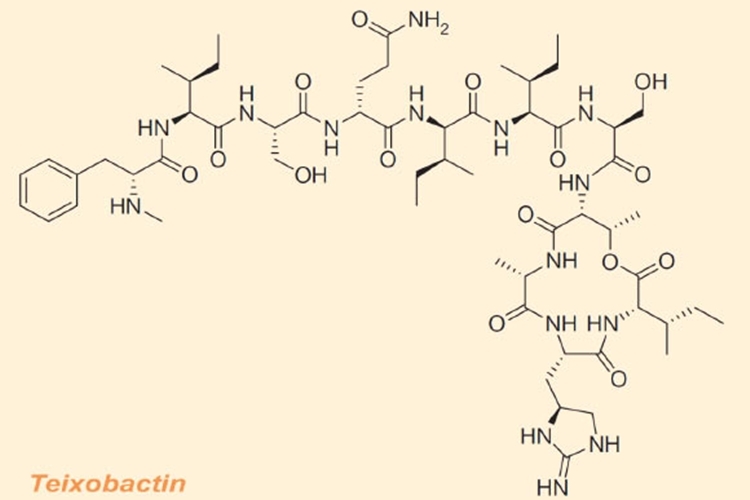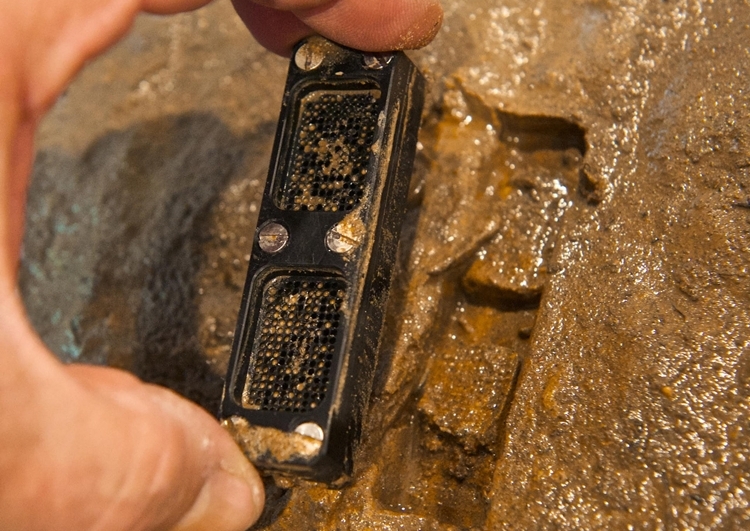Before Teixobactin, an experimental antibiotic recently found by scientists, it’s been 25 years since a new antibiotic has been discovered. That drought ended with the finding, which benefited from the use of a novel tool called iChip (short for Isolation Chip).
Developed by Dr. Kim Lewis and Dr. Slave Epstein of Boston’s Northeastern University in partnership with the National Institutes of Health and the German government, iChip is a small device that allows scientists to easily isolate previously impossible-to-culture bacteria from soil. They describe the tool as “a rod” that you can use to easily “fish” for bacteria, making it easy to discover and culture new microorganisms in a laboratory setting.
iChip consists of a small device similar to the size and shape of early-generation consumer thumb drives. It consists of three plates with arrays of through-holes on the surface stacked and screwed together, with the middle layer sandwiched by permeable membranes. Each of the through-holes actually serves as a miniature diffusion chamber, each one of which can be inoculated with a single cell for incubating microorganisms.
Using the tool, the team behind Teixobactin, NovoBiotic Pharmaceuticals, were able to screen 10,000 bacteria strains, eventually finding one, Eleftheria terrae, that showed promising activity against S. aureus, and 25 new compounds. It is from this bacteria where teixobactin, a cell wall inhibitor type of bacteria, was eventually isolated. The new antibiotic has been subjected to successful mouse studies, showing great ability to combat pneumonia, dysentery, and MRSA, along with other gram-positive bacteria.
Clinical trials for Teixobactin are expected to begin within the next two years. You can read the link below to learn more.

